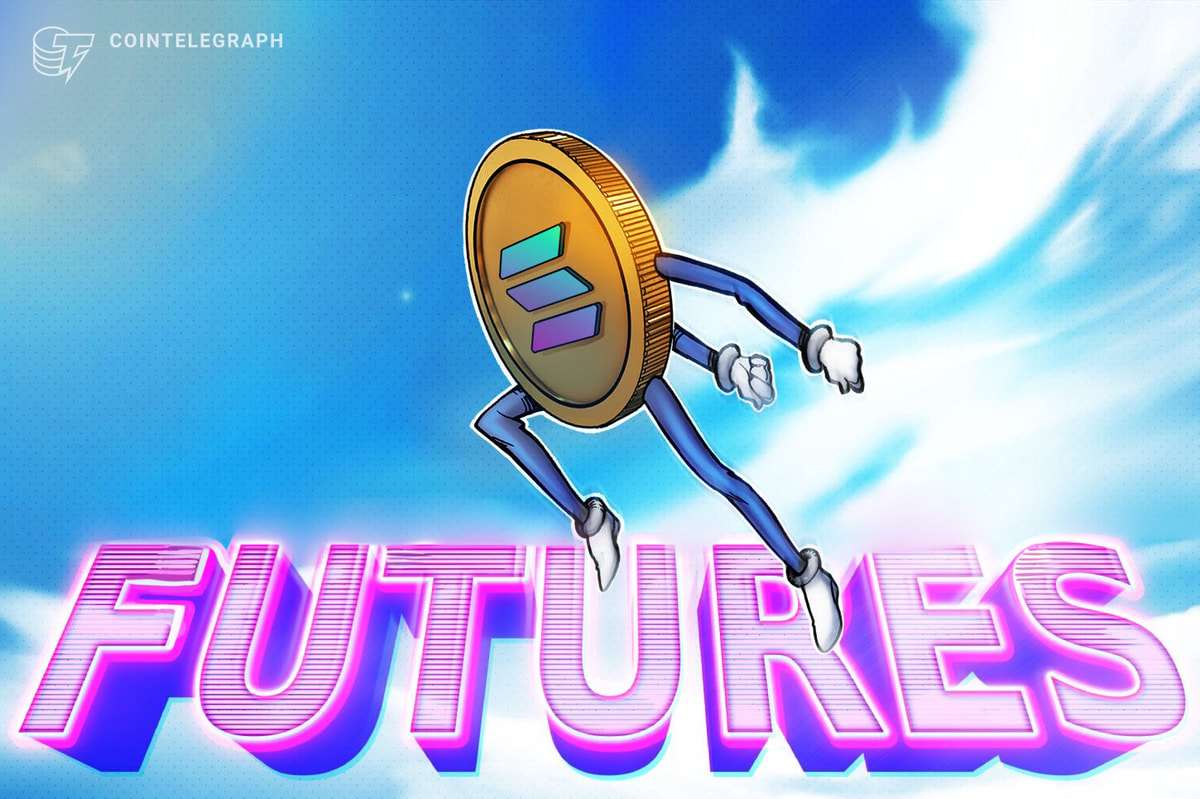Solana’s Performance Under Scrutiny Despite Q2 Revenue Success
Key Takeaways
- SOL’s perpetual futures funding rate turned negative, highlighting a lack of confidence among traders.
- Despite strong fundamentals, institutional players continue to avoid Solana due to MEV concerns.
Solana’s native token, SOL, has failed to reclaim the $180 threshold since late May, fueling doubts among traders about the feasibility of a bull run in 2025. Diminished demand for leveraged long positions has further dampened market sentiment.
Monday saw the SOL perpetual futures funding rate briefly turn negative, indicating stronger demand for short positions than longs. This shift is noteworthy given the typical optimism prevalent in cryptocurrency markets, signaling a broad loss of bullish confidence among traders.
Solana Faces Growing Layer-Two Competition
Analysts argue Solana’s competitive advantage is being eroded by the rapid expansion of Ethereum Layer-2 solutions, though some highlight the platform’s improved user experience and emerging new use cases.
Jito, Solana’s largest application by total value locked (TVL), holds 17.92 million SOL, showing a 12% increase since January. The platform’s innovation centers on MEV-optimized staking and integrated DeFi services, demonstrating continued development.
Solana boasts a current staking ratio of 66.5%, indicating fewer tokens are readily available for sale compared to competitors. This contrasts sharply with Ethereum’s under 30% staking rate and Cardano’s 58%. SOL’s current annualized staking yield of 7.3% further incentivizes token holders to participate.
Solana’s Q2 Revenue Outpaces Ethereum and Tron
Solana achieved the top position among all blockchains for network revenue in the second quarter, according to SolanaFloor.
In Q2 2025, Solana generated $271.8 million, a 64% increase from Tron’s revenue and more than double Ethereum’s $129.1 million. Users also spent $460 million on 30-day fees, highlighting a vibrant ecosystem and encouraging developer activity.
Despite criticism regarding performance issues, the platform cites these as deliberate design choices and opportunities for optimization. The high network fees in June, including $62.6 million, contradict claims of bot-driven volume inflation.
Reports suggest major institutional players like Robinhood and Coinbase are shying away from Solana due to concerns over Maximal Extractable Value (MEV) and a desire for “full validator control,” opting for their own L2 solutions to ensure transaction ordering guarantees.
If these institutional concerns persist and shape platform choices, they could become a significant cap on SOL’s upside potential. These factors align with the theory that Ethereum’s rollup strategy benefits from low data fees.
For Solana holders, the critical question revolves around Ethereum’s long-term fee strategy. If not fundamentally adjusted, SOL reclaiming the $180 level appears increasingly unlikely in the immediate term.












